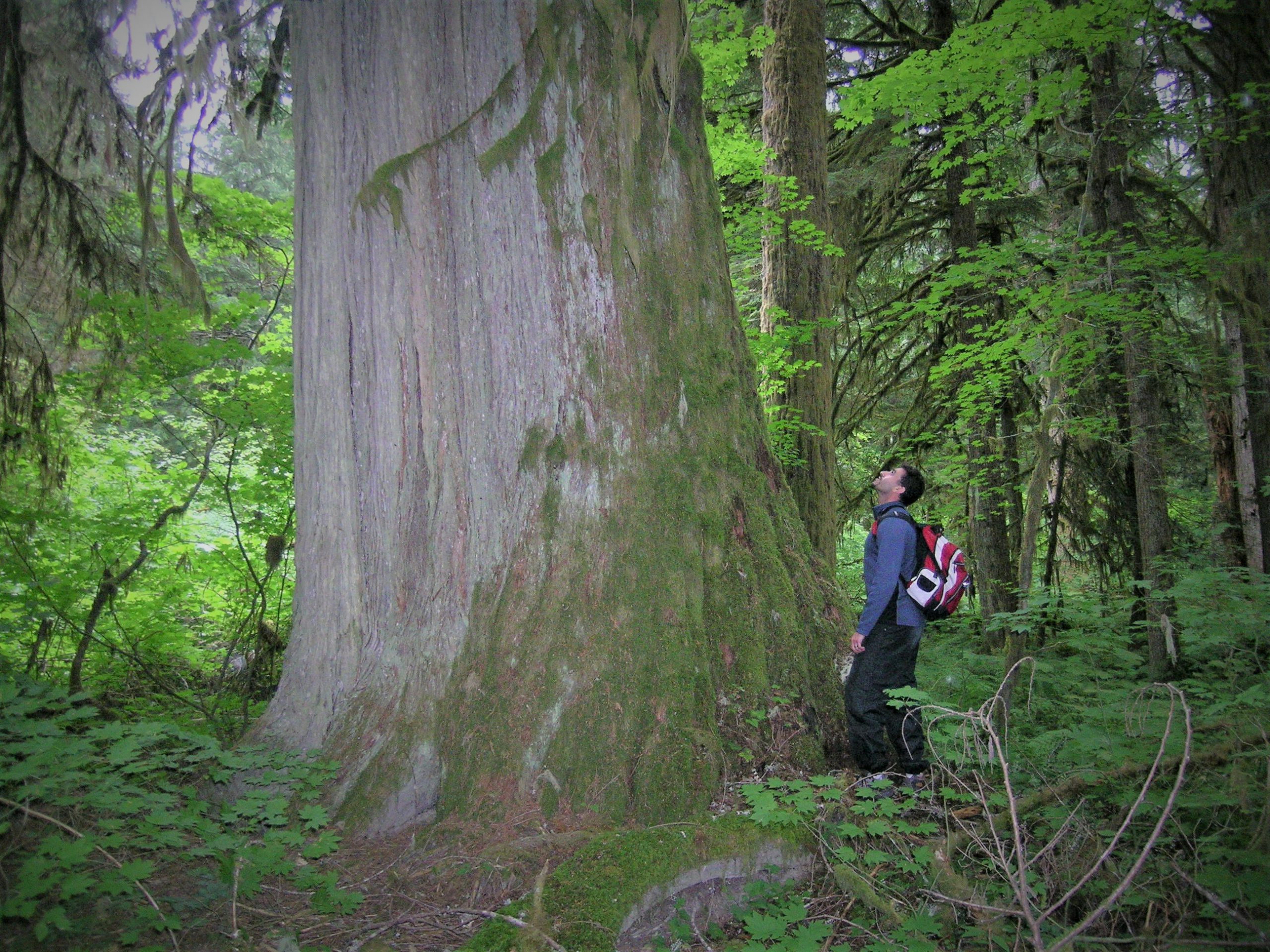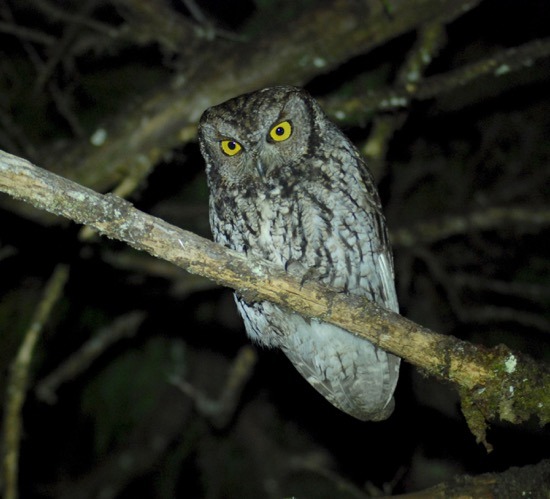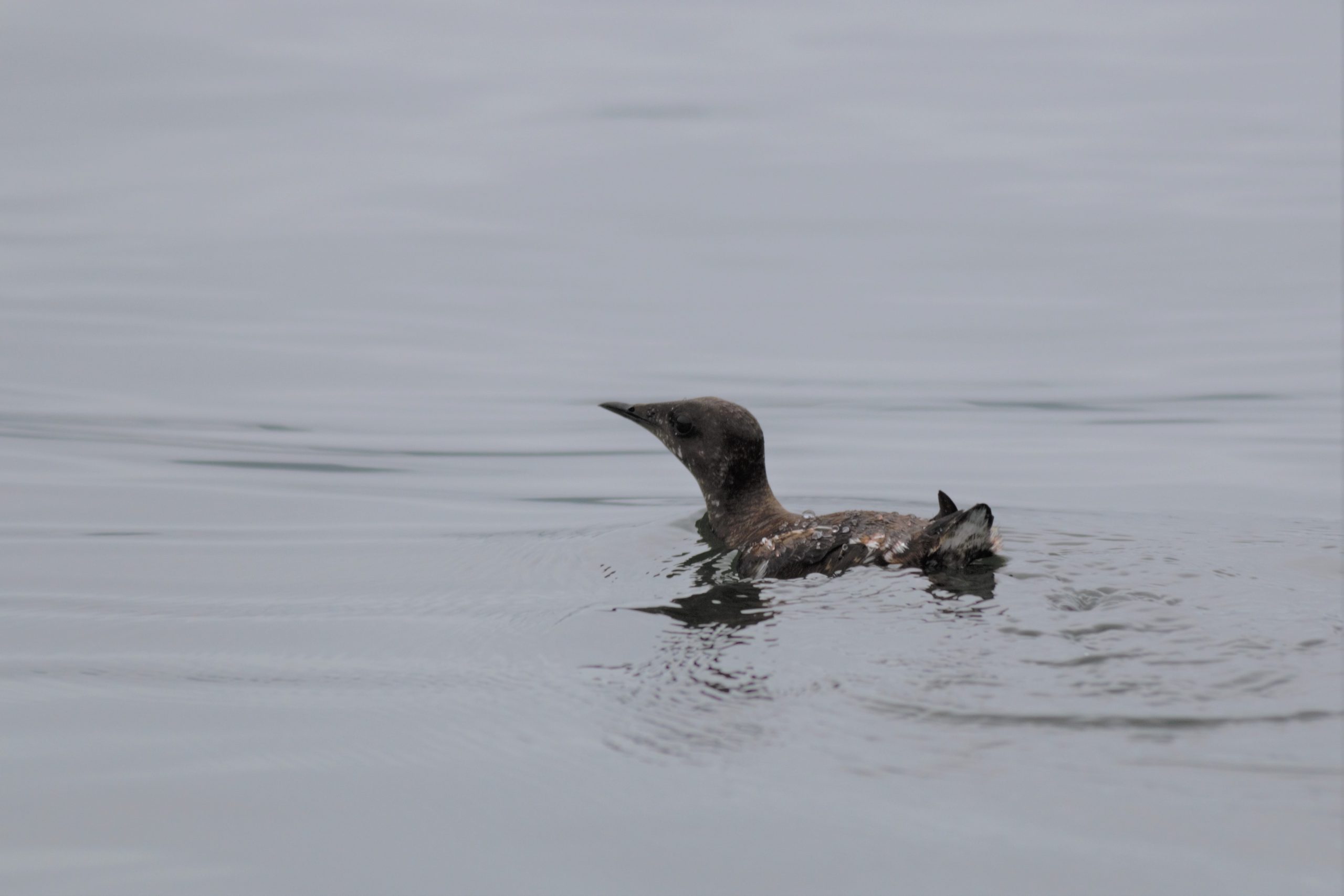
Statement on Logging in Old Growth Forest in British Columbia
Background
- Logging of old growth forest in coastal BC is an ongoing practice, and contributes to the mortality of many species of wildlife. This includes bird species-at-risk designated at global, national, and provincial levels such as Marbled Murrelet (Brachyramphus marmoratus), Western Screech-Owl (Megascops kennicottii), Northern Goshawk (Accipiter gentilis), and other birds, both resident and migratory, breeding in the area.
- In response to the logging of old growth forests in the Caycuse and Fairy Creek Watersheds in May 2021, a protest camp has been set up in the Fairy Creek watershed. Protesters have been arrested and the issue has focused the attention of the media on the environmental consequences related to old-growth logging.
What We Understand
- Only an estimated 3% of coastal old growth forest consisting of large trees remains in BC.
- Old growth forest is exceptionally rich in biodiversity, and because of the size of the trees, it can offer very lucrative logging opportunities.
- The BC Government has committed to implementing the recommendations of the 2020 Provincial Review of Old Growth Forest Management, including actions to prevent irreversible biodiversity loss.
- At least seven forest bird species found in BC have been listed as at-risk under the federal Species at Risk Act. Old growth logging is threatening the Marbled Murrelet, Western Screech-Owl and other bird species. The coastal sub-species of Western Screech-Owl (M .k. kennicottii) found across Coastal BC, including Vancouver Island, has declined significantly and been extirpated from urbanized areas such as the Lower Fraser Valley and Victoria region.
What We Believe
- Conserving birds and biodiversity is essential to the wellbeing of communities.
- The migratory nature of many birds means protecting bird habitat is a shared responsibility regardless of where they are found.
- Many bird groups are declining across North America, including a number of avian species which rely on old growth forest ecosystems.
- Stopping habitat loss is essential to maintaining forest bird species. We must aim for meeting human social and economic needs as well as the needs of biodiversity.
What We Recommend
- Provincial government pause logging in old growth forest until scientifically sound strategies are in place to recover Species at Risk Act-listed species reliant on old growth forests.
- The province of BC and the Government of Canada agree to a process whereby all avian Species at Risk Act-listed species found in BC are provided protection on non-federal lands. The agreement should include:
- Enhanced enforcement of prohibitions on destroying nests and eggs within the forestry sector.
- Stronger habitat protection for birds, beyond seasonal pauses, to safeguard against long-term decline in available nesting habitat.
- The management of forests shifts from a focus on producing timber to an approach where maintaining ecological integrity is the highest priority.
- Provincial and federal governments work with First Nations communities to include remaining old growth forest within terrestrial protected areas under the Pathway to Target 1 commitment to protect 25% of Canada’s land by 2025. Increasing the amount of this important habitat that has legal protection would help governments reach their goals, while preserving an iconic natural feature of BC.
What We Will Do
- Raise awareness with our supporters and decision makers about the importance of old growth forests for birds.
- Speak up for birds with media, governments, and other stakeholders.
- Advocate for protection of old growth forest in BC.
- Offer advice and expertise on population and habitat monitoring to recovery working groups.
- Provide advice, support, and data collected through Citizen Science programs to other organizations and agencies when requested.

Western Screech-Owl Photo: Jeremiah Kennedy

